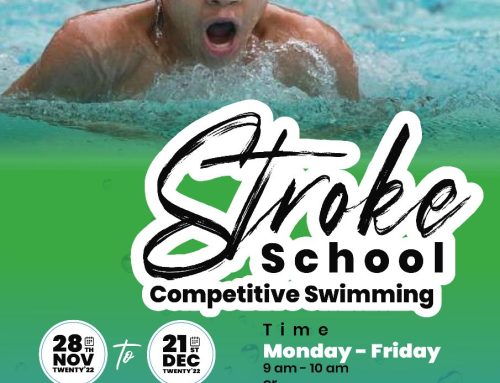Drowning is an overlooked global public health issue.When drowning, it takes an average of 20-60 seconds struggling above water before submersion occurs. It takes 3- 4 minutes before actual death occurs. Drowning is therefore one of the fastest cause of deaths in the world.Most drowning incidences occur due to accidents at home as opposed to other water bodies. In the case of toddlers, buckets and basins, kiddie pools, bath tubs, toilets and large containers impose the risk of drowning.
According to the World Health Organization:
- 360,000 people die from drowning every year.
- -Over 90% of drowning deaths occur in low and middle income countries.
- About 60% of all drowning deaths are of people under 30 years of age.
- Males are twice more likely to drown compared to females.
- Drowning is the third leading cause of death for children aged 5-14 years old.
How can you reduce risk of drowning?
- The top and safest way to lower the risk of drowning in children is to teach children swimming and water survival skills.
- Provide safe places for pre- school children.
- Install barriers to control access to water.
- Set and enforce boating, ferry and shipping regulations.
- Train bystanders in safe rescue and resuscitation.
- Parents should never leave children unsupervised near swimming pools and bathtubs. Children are naturally drawn to water.
- Any containers that hold water and impose risk should be emptied.
- Learners in a swimming pool should never swim without the presence of an instructor.
- When swimming at the beach, you should avoid swimming far from the shore.
- In case of moving water such as rivers, one should not fight and struggle to swim against the current, allow yourself to go with the current until it is safe to swim.
In the event that a victim of drowning is rescued, what first aid measures should be taken?
As soon as the casualty is rescued from water, check if they are breathing. If they are not, give the five initial rescue breaths before starting Cardio Pulmonary Resuscitation (CPR).For CPR, compress the chest 30 times and have two breath rescues (mouth to mouth resuscitation) in between until they start to breathe.Once they start breathing, treat them for hypothermia by providing warm clothes or warm blanket. It is advisable to check with the doctor as in some drowning cases, the casualties succumb even after CPR.



